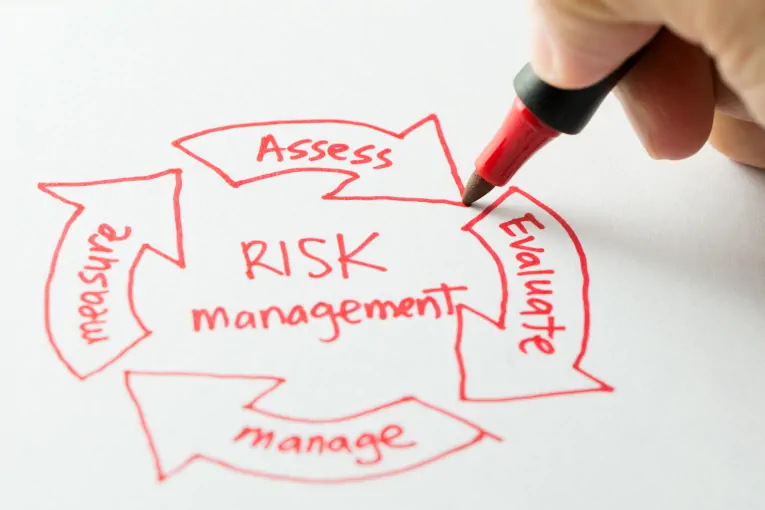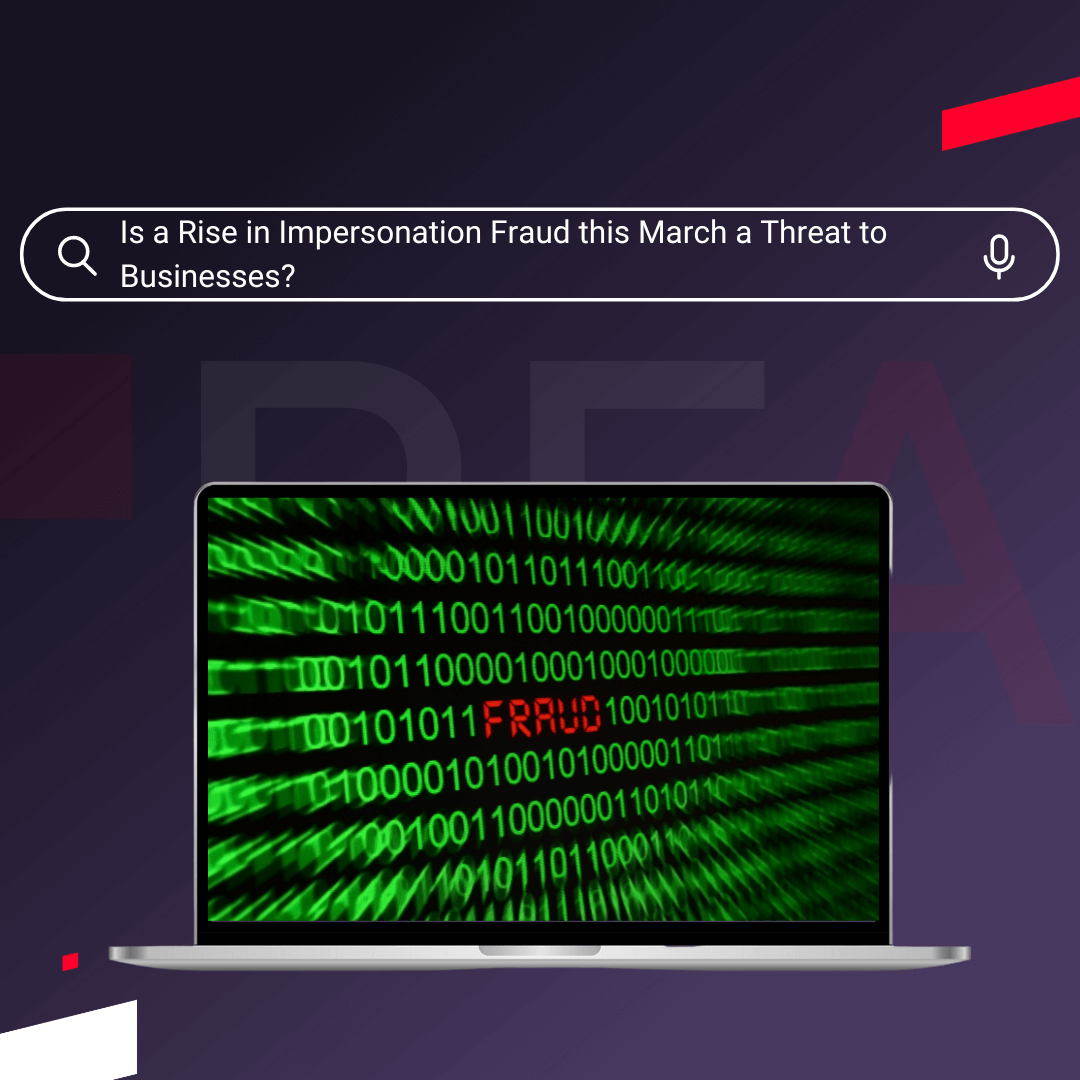2023 has been a tough year for credit risk managers, and it’s certainly kept them busy. With inflationary pressures at a 40 year high, widespread issues with the cost of living, and the post-Covid recovery slowing, credit risk managers are working overtime to assess and manage risk for their organisation.
With interest rate rises putting pressures on everyone who has outstanding credit, and no end in sight for those increases to slow, it’s a vital time for credit risk managers to assess their next steps in policies and staying ahead of the competition.
Here at Red Flag Alert, we’ve identified the following topics as crucial for credit risk managers to understand and implement in the remainder of 2023.
- Careful monitoring of model risk.
- Protection against increasing credit risk.
- Creating robust risk identification processes.
- Maximizing return on regulated investment
- The importance of climate risk management
1) Maintaining a firm grip on model risk
Model risk is a type of business risk that occurs when a financial model is used to measure quantitative information (such as a firm’s value transactions and market risks), and the model fails or performs inadequately which leads to adverse outcomes for a firm. Two of the biggest examples of model risk are the credit crisis of 2008 and the London Whale Trading incident 2012. These events demonstrate how crucial model risk management is.
Model risk can be split into three main types:
- Specification risk
- Implementation risk
- Model application risk
By closely managing these risks, you can protect your business from potentially adverse consequences caused by bad decisions based on incorrect or misused models. Through close supervision, model risk can be reduced, and impact managed e.g., profit and loss volatility reduced. The overall effect will heighten model transparency and institutional risk culture; resources released by cost reductions can then be reallocated to high-priority decision-making models.
In 2023 model risk management has never been more important; with growing inflation and strikes causing waves and changing predicted figures.
2) Protection against increasing credit risk
Inflation, higher interest rates, the cost of living crisis, and debt service challenges, as well as pent-up credit pressure (including latent credit risk developed during covid), make 2023 a crucial time to ensure your business is protected.
With so many uncertainties, it’s vital that credit risk managers proactively monitor and protect their businesses from risk, avoiding a ‘wait and see’ attitude, especially for financial institutions, as they face different types of credit risk: default risk, concentration risk, country risk, downgrade risk, and institutional risk making it important to be protected from all angles.
Taking on new customers can also pose a threat, always ensure to follow the “Five C’s of Credit Risk” to stay safe: credit risk, credit history, capacity to repay, capital, conditions of the loan, and collateral to protect yourself from risk, only taking on creditworthy clients.
Here are some ways we at Red Flag Alert suggest to shield your balance sheet from threats and get through 2023 unscathed:
- Increase liability limits.
- As the UK becomes more litigious, court awards are increasing. An umbrella liability policy is a cost-effective way to increase your liability limits under all policies.
- Abstracts for motor vehicles.
- Obtain motor vehicle abstracts on all personnel operating company vehicles annually. Choosing drivers with proven track records should cut down the frequency of incidents.
- Backup surety.
- These are important to businesses as they allow you to avoid tying up working capital. If something goes wrong, it can seriously impede a business’s ability to perform, making a backup surety a must in case issues arise.
- Increase deductibles.
- Save money on premiums and reduce the temptation to utilise the policy as a maintenance contract.
- Maintenance logs
- Keep detailed maintenance logs of all vehicles, equipment, and buildings; proper documentation can disprove negligence and help avert a claims situation.
Some of these points may not be relevant to all types of business, however, it’s still good to bear in mind.
3) Creating robust risk identification processes.
The core of an effective credit risk management process is the identification and analysis of existing and potential risks inherent in any product or activity. Banks especially must identify all credit risks within the products they offer and activities they engage with.
The three major processes of risk identification include:
- Assess the risk.
- Treat the risk.
- Monitor and report on the risk.
Your risk identification process must identify unwanted events, undesirable outcomes, emerging threats, as well as existing and emerging opportunities. The most effective credit risk management best practices to bear in mind when refining our processes include providing online credit application forms, analysing, and predicting credit risk monitoring, establishing and following a credit policy, and finally, clear communication for payment terms/conditions.
Your existing processes must be enhanced with new capabilities to complement prevailing credit risk practices, to proactively manage emerging risks. A robust early warning system and insightful credit risk analytics are vital in the 2023 credit risk management world. Red Flag Alert offers all this and more, making protecting your business that much easier.
4) Maximizing return on regulated investment
Regulated investment companies (RICs) commonly known as mutual funds, are corporations that act as investment agents for their shareholders, typically investing in government and corporate securities. They distribute dividends and interest income earned from the investments as profit to their shareholders.
With no sign of regulatory expectations easing, businesses must try to maximize ROI with minimal risk. Below we’ve collated some of the best advice:
- Diversify your investment portfolios.
- Spread risk and capture opportunities across different asset classes, sectors, and regions.
- Manage expenses.
- Managing expenses such as administrative costs, transaction fees, and other operational costs.
- Active portfolio management
- Capitalise on market opportunities and generate higher returns through conducting thorough research and analysis to identify undervalued securities or sectors with growth potential. You can then make informed investment decisions, adjust asset allocations, and actively monitor/rebalance the portfolio to optimise returns.
- Dividend distribution.
- Attract investors seeking income and potentially increase shareholder returns by strategically managing dividend distributions.
- Tax-efficient strategies
- Focus on strategies to maximize after-tax returns. Using tax-advantaged accounts, structuring investments to minimize tax liabilities etc., helps preserve more of the investment gains and increase overall ROI.
- Benchmarks
- Regularly evaluate your investment performance and compare it to the relevant benchmarks, this helps identify areas for improvement, assess the effectiveness of investment strategies, and make necessary adjustments to optimize returns over time.
5) The importance of climate risk management
Climate change is evolving business and customer behaviours, expectations, and risk types. To make a viable credit risk framework in 2023, climate transition and regulatory changes must be factored in.
Climate-related financial risks have the potential to affect the safety and soundness of many businesses through physical and transition risks. Most of the economy will be affected in one way or another, and this may limit access to financial services and fair treatment of customers.
Examples of physical risks (physical impacts of climate change) can include extreme weather events, chronic heat waves, sea-level rise, erosion, and biodiversity loss. These extreme risks mean new legislation is put in place and many businesses must change the way they operate.
Climate change risk management approaches generally fall into four broad categories:
- Mitigation
- Efforts to reduce greenhouse gas emissions.
- Adaptation
- Increasing society’s capacity to cope with climate change.
- Geoengineering/climate engineering
- Additional, deliberate manipulation of the earth system that is intended to counteract at least some of the impacts of greenhouse gas emissions.
- Knowledge base expansion
- Efforts to learn and understand more about the climate system, which can help support proactive risk management.
High cash flows, overall financial wealth, and value of collateral all lower credit risk, however, climate risk affects all three dimensions and may lead to both higher probabilities of default and higher losses given default making climate risk a crucial addition to credit risk considerations in 2023.
How can Red Flag Alert help you?
Red Flag Alert provides a solution for credit risk management which enables you to make effective credit decisions across your organisation, by using real-time data on over 15 million UK businesses.
Red Flag Alert customers benefit from:
- Financial health data for businesses in almost every country in the world.
- A detailed rating system that predicts each business’s financial situation.
- Sophisticated scorecards that provide clear ratings.
- Data is automatically sent to your CRM and updated in real time.
- Credit risk monitoring updates are provided in real-time.
- Tools to help you fulfil regulatory requirements like AML and GDPR.
Learn more about how Red Flag Alert helps you protect your business from financial risk and comply with regulations, why not Try Red Flag Alert today




